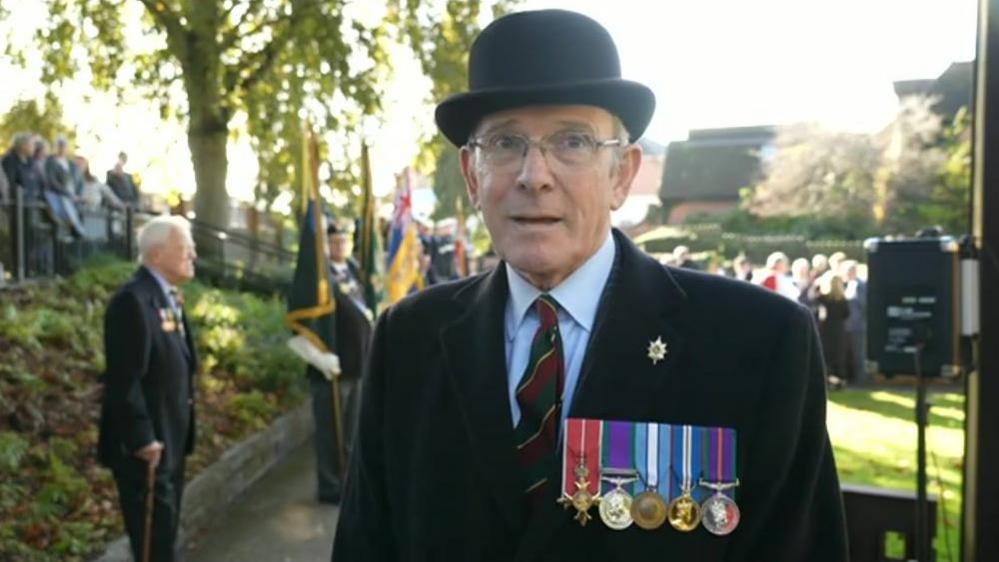Quest to identify WW1 soldier after grave robbery
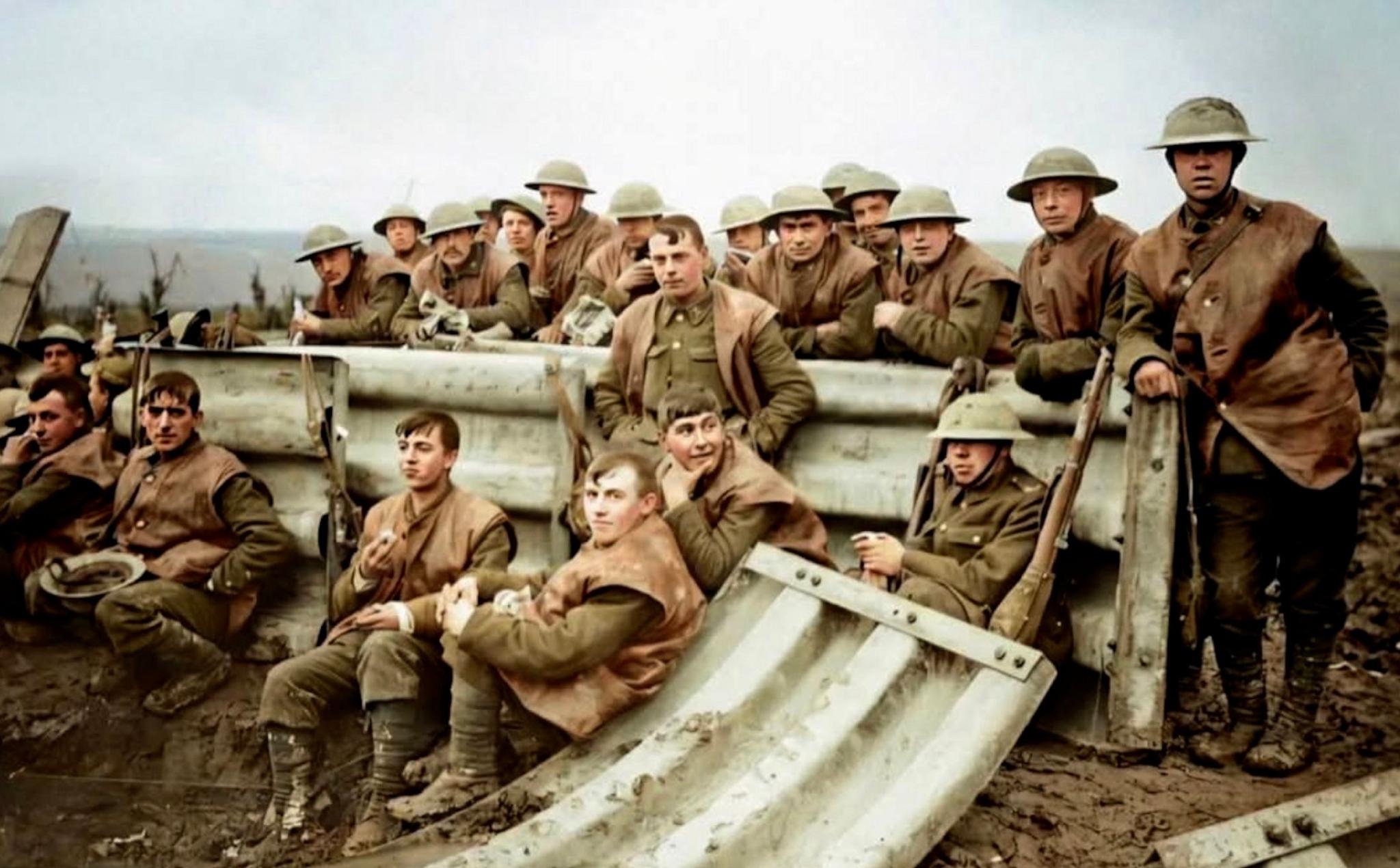
Could the mystery soldier be one of these Severn Valley Pioneers, pictured in an artistic rendition of an original photo?
- Published
The public is being asked to help solve a century-old mystery to lay an unidentified British soldier to rest with a named headstone.
In 1995, the soldier's remains were uncovered by workmen digging a trench in France, but possessions which could help to identify him were taken from his grave.
Former journalist Mark Higgitt believes he is one of ten Severn Valley Pioneers - members of the 14th Battalion of the Worcestershire Regiment - who were killed in November 1916 during the Battle of the Ancre on the Somme.
He is buried in a military cemetery and his headstone reads, A soldier from the Great War, but Mr Higgitt is determined to discover his name.
"When he was found, his remains were remarkably well-preserved," he said.
"Parts of his uniform were intact, including his regimental badge.
"The men who saw his body uncovered say he was wearing his helmet and alongside him was his gun, a metal case containing three cigarettes, a water bottle, two eating forks, and his military papers."
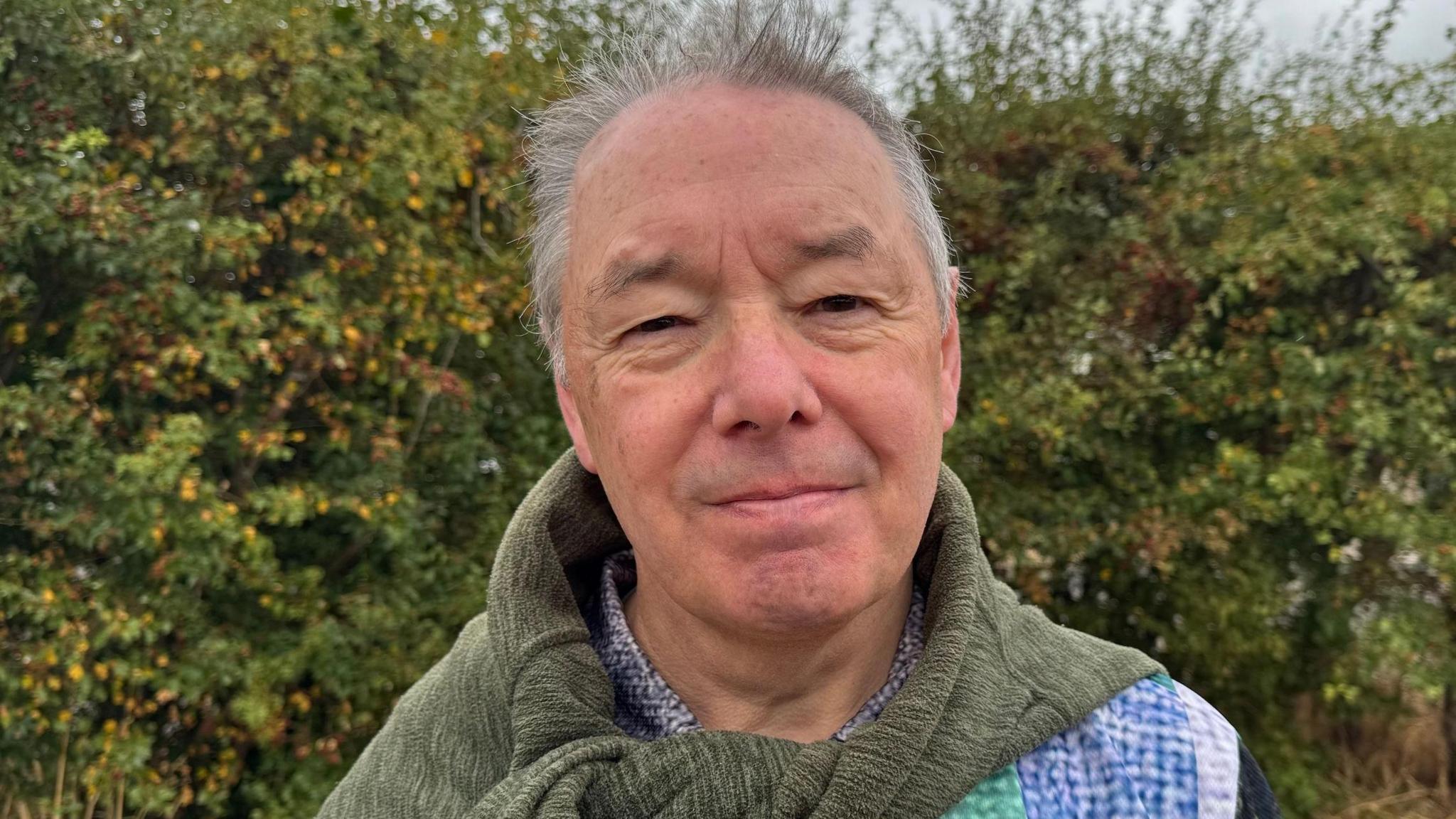
Mark Higgitt has spent 30 years researching the unknown soldier
By the time local officials arrived to register the remains, the papers, gun, water bottle, and possibly the soldier's dog tags, had been removed.
With his possessions disappeared, so had the opportunity to identify him.
Mr Higgitt believes the grave was robbed and those crucial papers may have been sold to a collector.
He hopes that if he can find the documents, he can solve the mystery of who the man was.
"It's not right that a man has been denied the chance to be buried with his name because somebody has taken his possessions," he said.
"We're appealing for collectors to check any papers, dog tags or water bottles they may have, to see if they belong to one of the ten men."
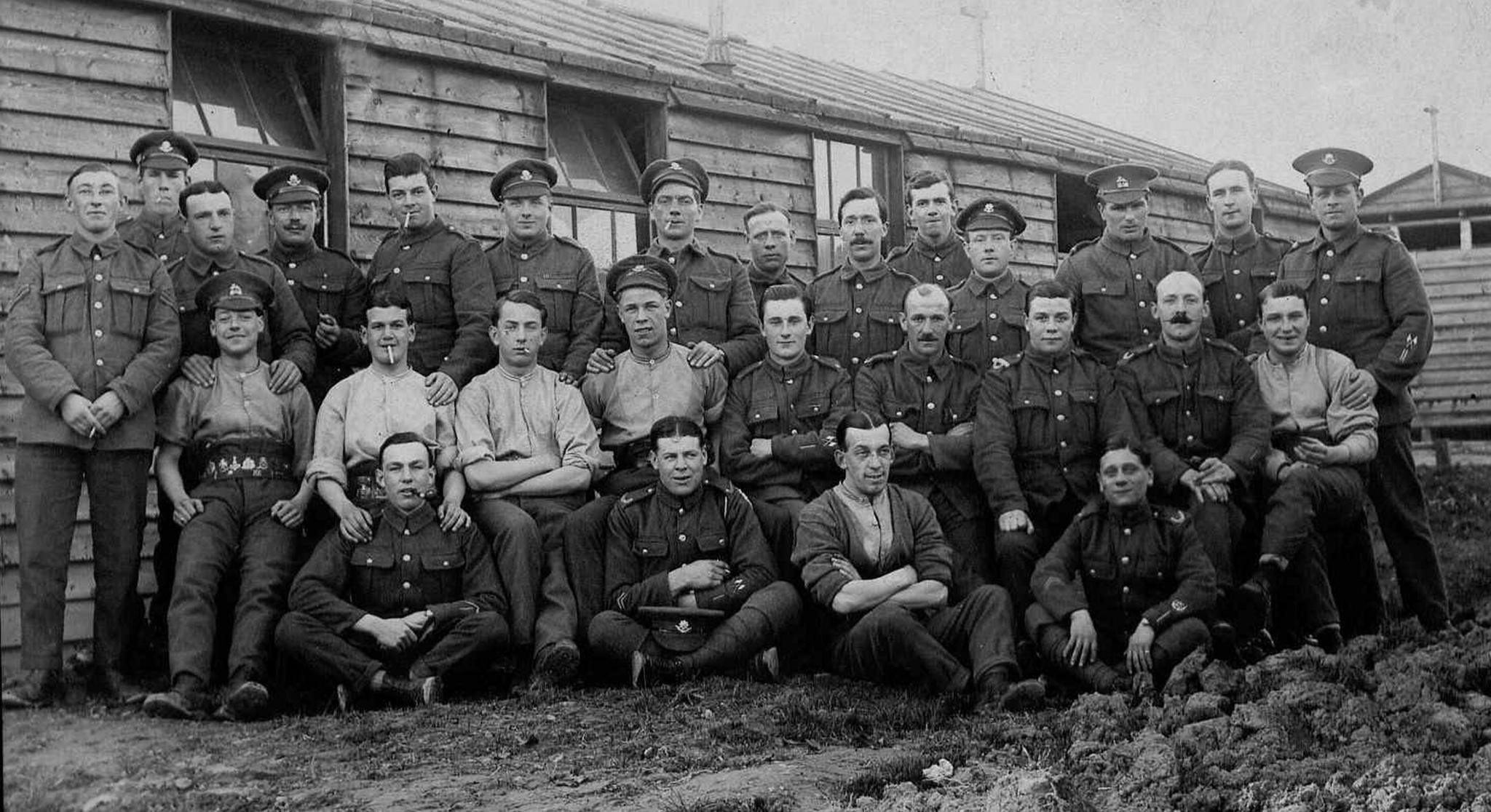
The Severn Valley Pioneers battalion, or 14th Battalion of the Worcestershire Regiment, was made up of working-class men
In 1995, Mr Higgitt was working at the Worcester News as the paper reported on the soldier's body being uncovered.
In 2001, he travelled to France with a colleague to try and solve the mystery, but was unsuccessful.
However, it was a story he could not forget and he has spent much of his retirement visiting archives and museums.
War records and research led him to conclude the unnamed soldier was one of ten Pioneers killed in the Battle of the Ancre on 13 and 14 November 1916.
"Once I had the names, I knew I had to do more," he said.
"I started researching the men, where they were from, the jobs they'd done, and if they had any surviving relatives."
Pioneers regiments were created to work in construction, as well as fighting on the front line.
The Severn Valley Pioneers were formed in the autumn of 1915, and trained at Norton Barracks in Worcestershire before moving on to Salisbury Plain.
On 20 June 1916, they sailed from Southampton to Le Havre in northern France to fight alongside the naval division.
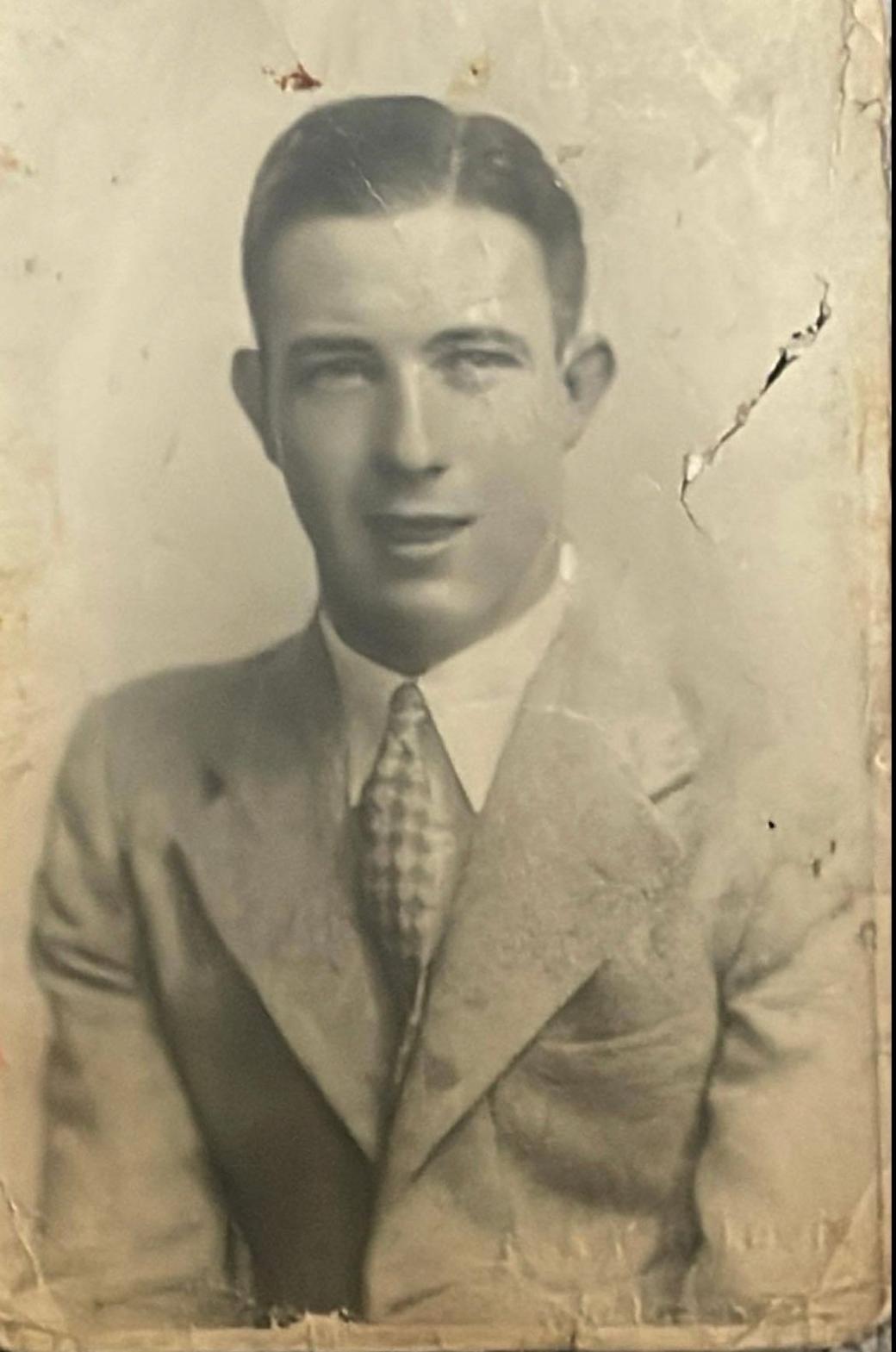
John Bluck, a railway labourer from Droitwich, is one of the ten soldiers whose remains are still missing
Mr Higgitt discovered the ten men he was researching came from Herefordshire, Worcestershire, Birmingham, Gloucestershire, Warwickshire, Staffordshire, Manchester and Leeds.
They were mainly working-class, and many had lived difficult lives.
Some were married, some from big families, but others were orphans or lived in the workhouse. They included labourers, farm workers, a gardener and a carpenter.
"They were grafters, men used to working with their hands," he said. "Their job was to build the trenches, so they chose the manual workers."
Military records show two were in front of a court martial just before they were killed in action.
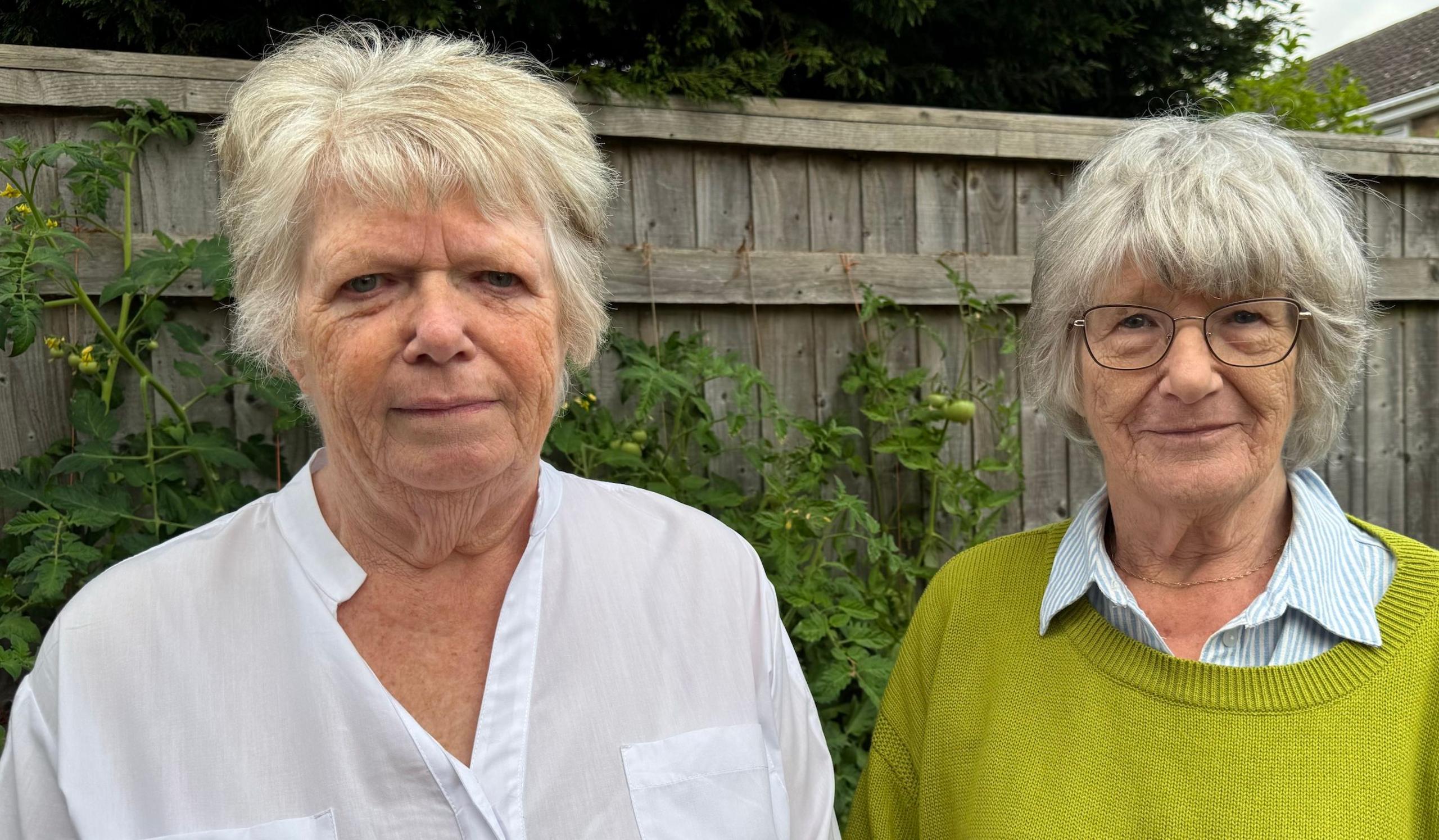
The mystery soldier could be Heather and Gill's great uncle, George Staite
George Staite, the great-uncle of sisters Heather Hughes and Gill Suckling, is one of those who could be the mystery soldier.
"When Mark knocked on our door and told us all about it, I couldn't sleep that night," said Heather.
"I kept thinking, is it him? If not, then where is he?"
Gill said: "It would be something of a miracle if it was him."
"There are so many men still lying there, but everybody deserves to be buried with their name."
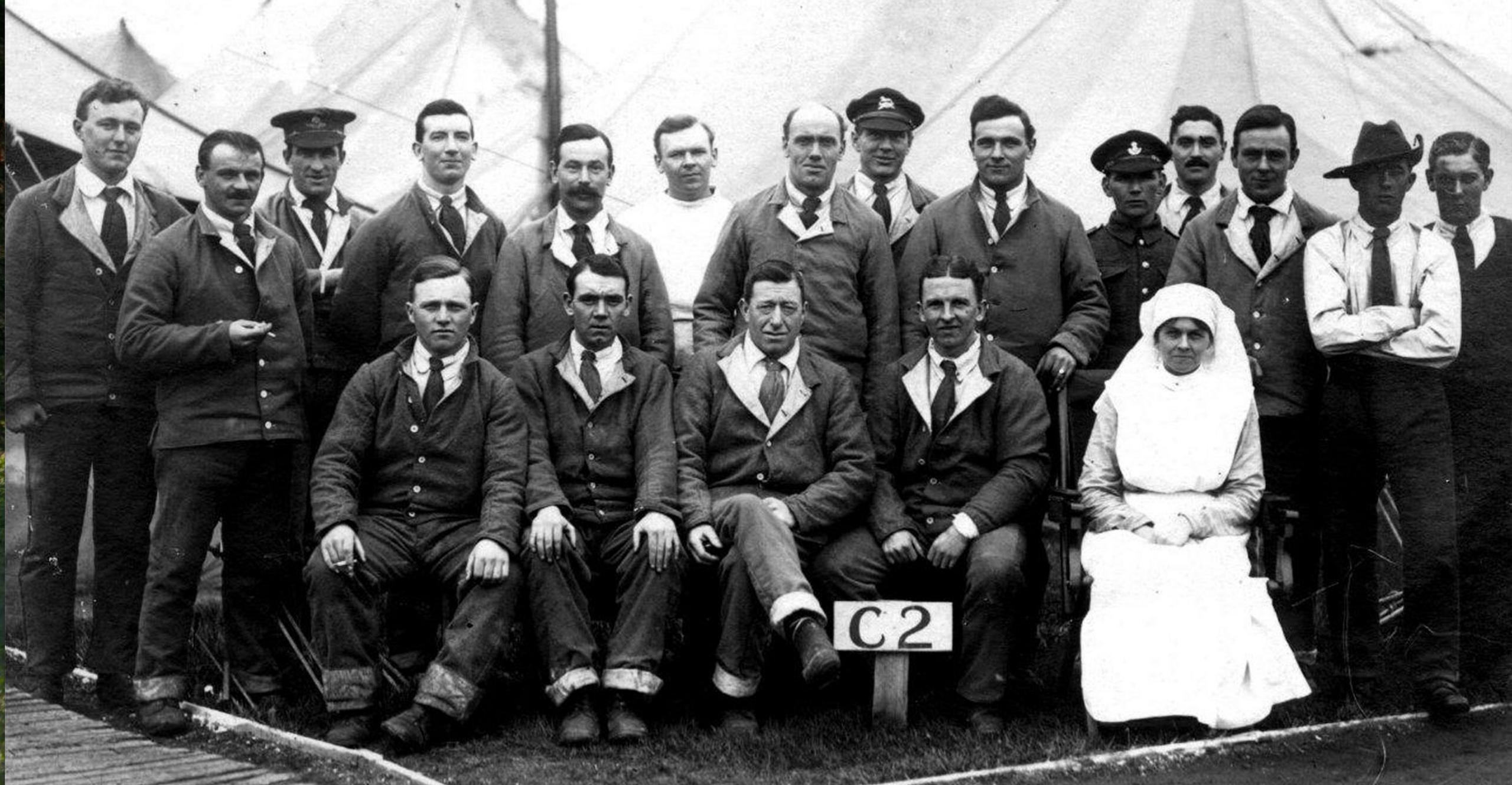
Soldiers from the 14th battalion pictured at a field hospital in 1916
An estimated 100,000 soldiers are still lying under the soil of the former battlefields of northern France.
The Commonwealth War Graves Commission (CWGC) honours and cares for those who died in World War One and World War Two.
If human remains are discovered now, the CWGC says "when appropriate" it will carry out DNA testing to attempt to discover the soldier's identity.
It does not permit the remains of soldiers to be exhumed, but if sufficient evidence is found, a name can be added to a headstone.
While DNA samples were not taken from the unknown soldier's remains before he was reburied in 1995, they could be retrieved from his possessions if they were found.
"Somebody does know which one of the ten men lies there, without a name on his gravestone," said Mr Higgitt. "When I started my research I was looking for names, but now they've become people.
"They left behind parents, siblings, wives and children.
"I'm determined to solve the mystery, and lay the soldier to rest with his name."
Follow BBC Hereford & Worcester on BBC Sounds, Facebook, external, X, external and Instagram, external.
Related topics
- Published2 November
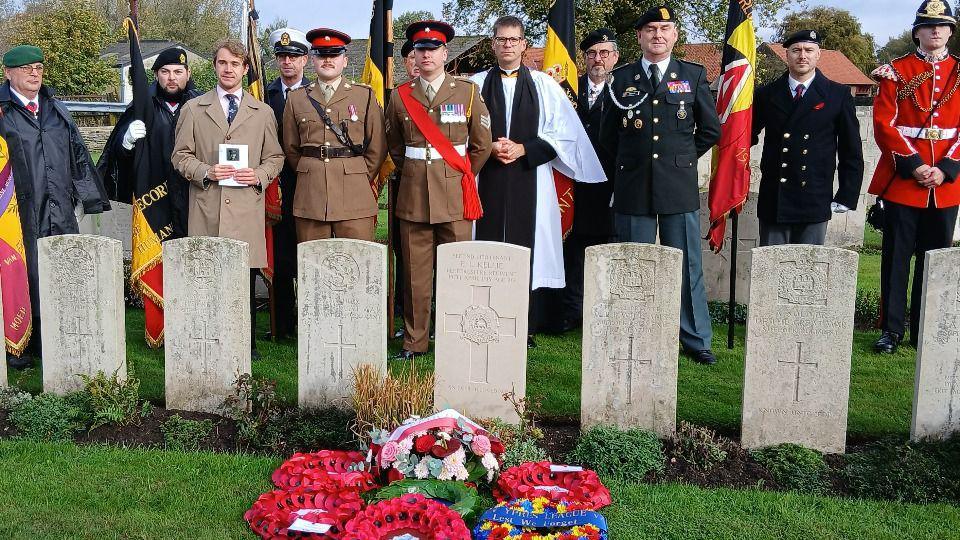
- Published29 September 2024
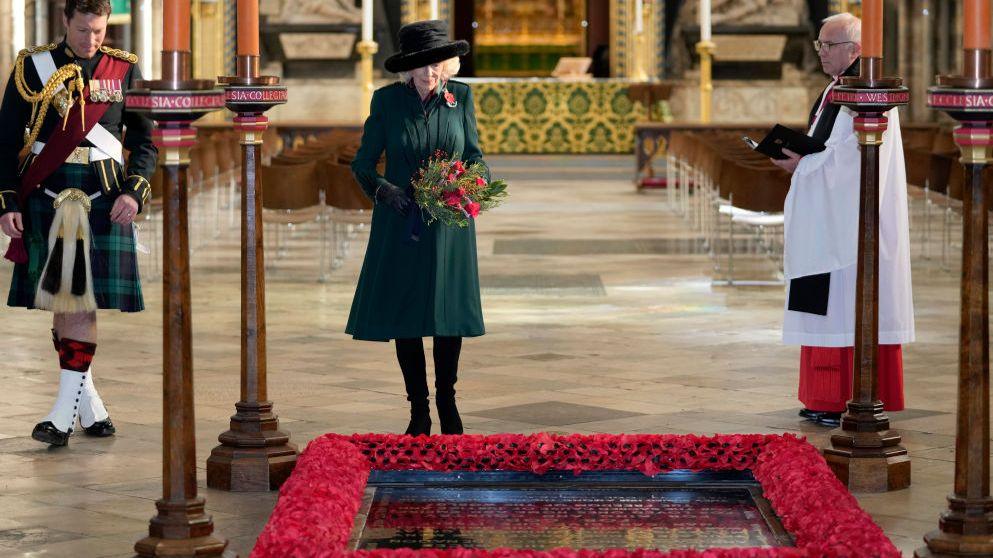
- Published27 October 2024
